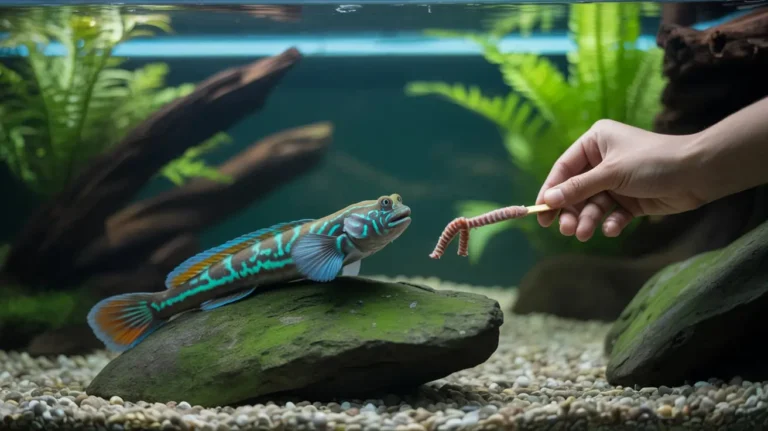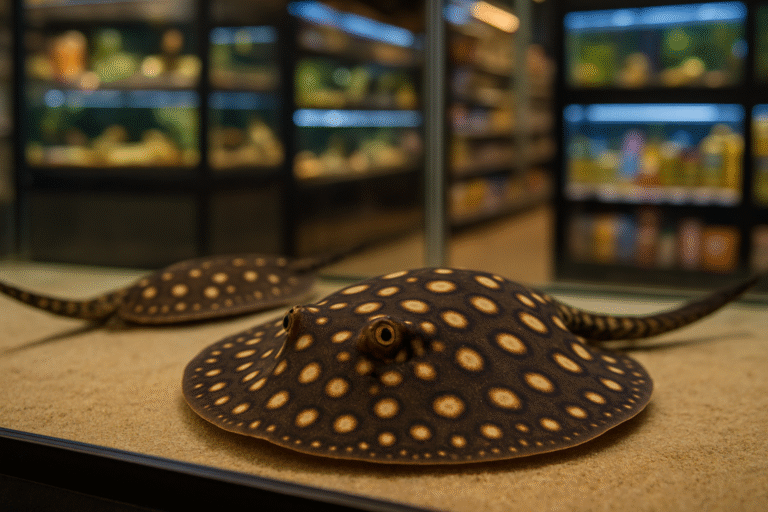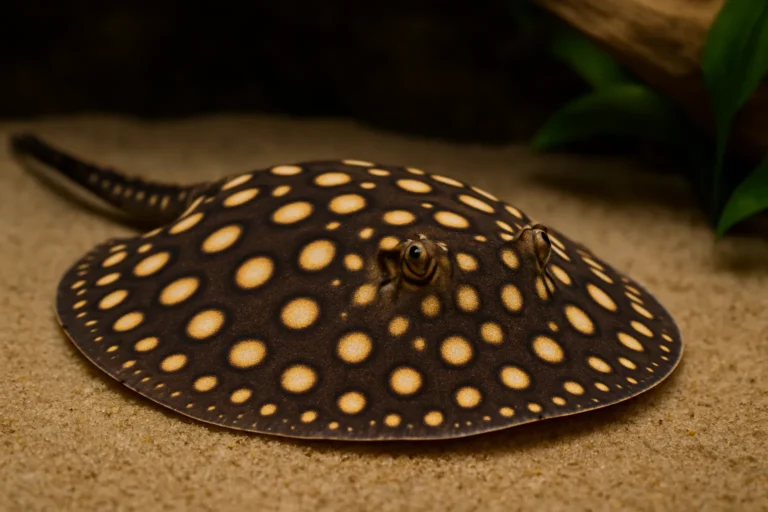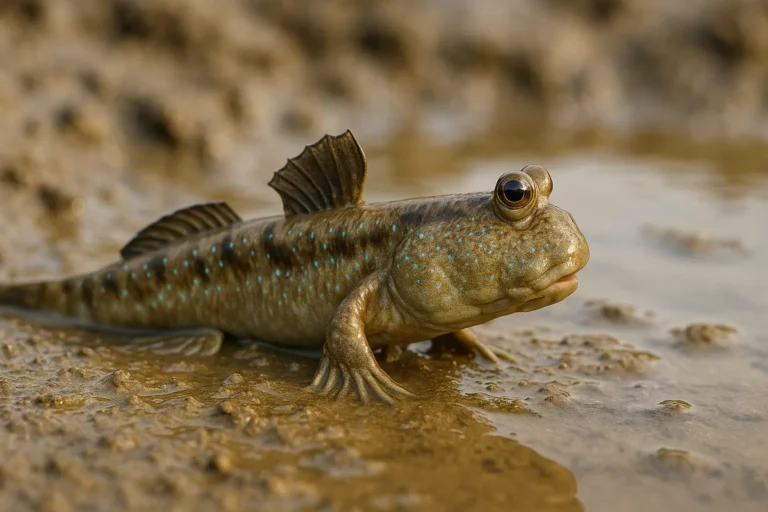Mudskipper Habitat: Everything You Need to Know
Mudskippers are one of the most fascinating amphibious fish species on Earth, known for their ability to thrive both in water and on land. Understanding their habitat is crucial to appreciate how these unique creatures have adapted to their environment and how they manage to survive in some of the harshest and most dynamic ecosystems.
Where Do Mudskippers Live?
Mudskippers are primarily found in intertidal zones—coastal areas that are underwater during high tide and exposed during low tide. These include mangrove forests, tidal flats, swamps, and estuaries. These habitats are often muddy and full of shallow pools, making them perfect for mudskippers to navigate both in water and on land. These rich habitats also provide the small crustaceans and insects that mudskippers love to eat. Learn more about what mudskippers eat in our detailed guide.
They are commonly found in regions with brackish water, a mixture of fresh and saltwater, though some species have been known to tolerate freshwater and higher salinity levels. This ability to survive across a range of salinity levels gives them an edge in changing environmental conditions.
Physical Adaptations to the Habitat
Mudskippers have evolved extraordinary physical traits to survive their challenging environment:
- Amphibious Lifestyle: They can breathe through their skin and the lining of their mouth and throat (a method known as cutaneous respiration), as long as they remain moist. This is in addition to their gill-based breathing underwater.
- Powerful Pectoral Fins: Their muscular, limb-like fins allow them to “walk” or hop on land, climb roots, and burrow into mud.
- Burrow Systems: Mudskippers dig deep burrows in soft mud, which act as shelters from predators, breeding grounds, and safe havens during high tides or extreme temperatures.
- Eye Position: Their protruding eyes provide a 360-degree field of vision, ideal for spotting predators while they are out of the water.
Mudskipper Burrows and Their Importance
Burrows play a central role in mudskipper survival. These are not just simple holes but complex tunnel systems that offer multiple benefits:
- Oxygen-Rich Air Pockets: Mudskippers store air inside their burrows, allowing them to breathe even when submerged during high tide.
- Temperature Control: Burrows help maintain a stable temperature, protecting them from extreme heat or cold.
- Reproduction: Most species lay their eggs in their burrows. The males often guard the eggs and aerate them by releasing bubbles.
- Protection from Predators: Quick access to a burrow allows mudskippers to escape threats both on land and in water.
Environmental Factors Affecting Their Habitat
Mudskippers are extremely sensitive to environmental changes. Key factors that influence their habitat include:
- Salinity: While they can tolerate various salinity levels, drastic changes can stress or even kill them.
- Oxygen Levels: Being air-breathers, oxygen-rich areas are essential, especially when the mud is waterlogged or oxygen-poor.
- Temperature and Humidity: Mudskippers need a moist environment to survive on land. Extremely dry conditions can lead to dehydration and death.
- Tidal Movement: Their entire lifestyle revolves around the tidal cycle, which affects feeding, mating, and burrow maintenance.
Human Impact on Mudskipper Habitats
Like many intertidal species, mudskippers face habitat destruction due to:
- Mangrove deforestation
- Pollution in coastal areas
- Land reclamation and construction in tidal zones
These activities reduce the available space and resources for mudskippers, leading to population decline in many regions.
Summary Table: Key Habitat Features of Mudskippers
| Feature | Details |
|---|---|
| Primary Habitat | Mangroves, mudflats, estuaries, tidal swamps |
| Water Type | Brackish (can tolerate fresh/salt water) |
| Shelter | Burrows with air pockets |
| Breathing Adaptation | Gills (underwater) + skin and mouth lining (on land) |
| Terrestrial Movement | Limb-like pectoral fins for walking, hopping, climbing |
| Environmental Needs | Moist mud, stable temperature, oxygen-rich areas |
| Threats | Habitat loss, pollution, climate change |
Final Thoughts
Mudskippers are an excellent example of evolutionary adaptation, mastering life in both aquatic and terrestrial habitats. Their homes—intertidal zones filled with mud, humidity, and fluctuating tides—may seem inhospitable, but for these remarkable fish, it’s the perfect place to thrive. As unique as they are, their survival depends heavily on the preservation of their natural habitat. Understanding their environmental needs helps highlight the importance of conserving intertidal ecosystems around the world.




